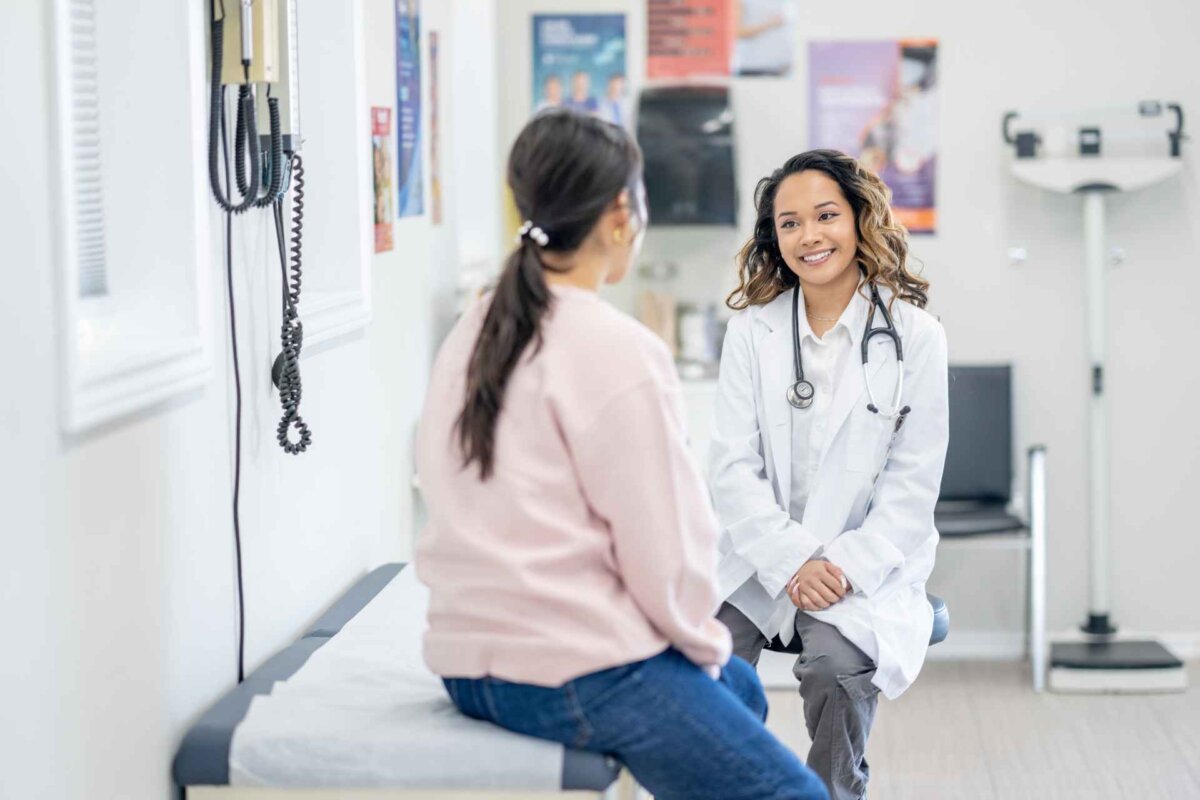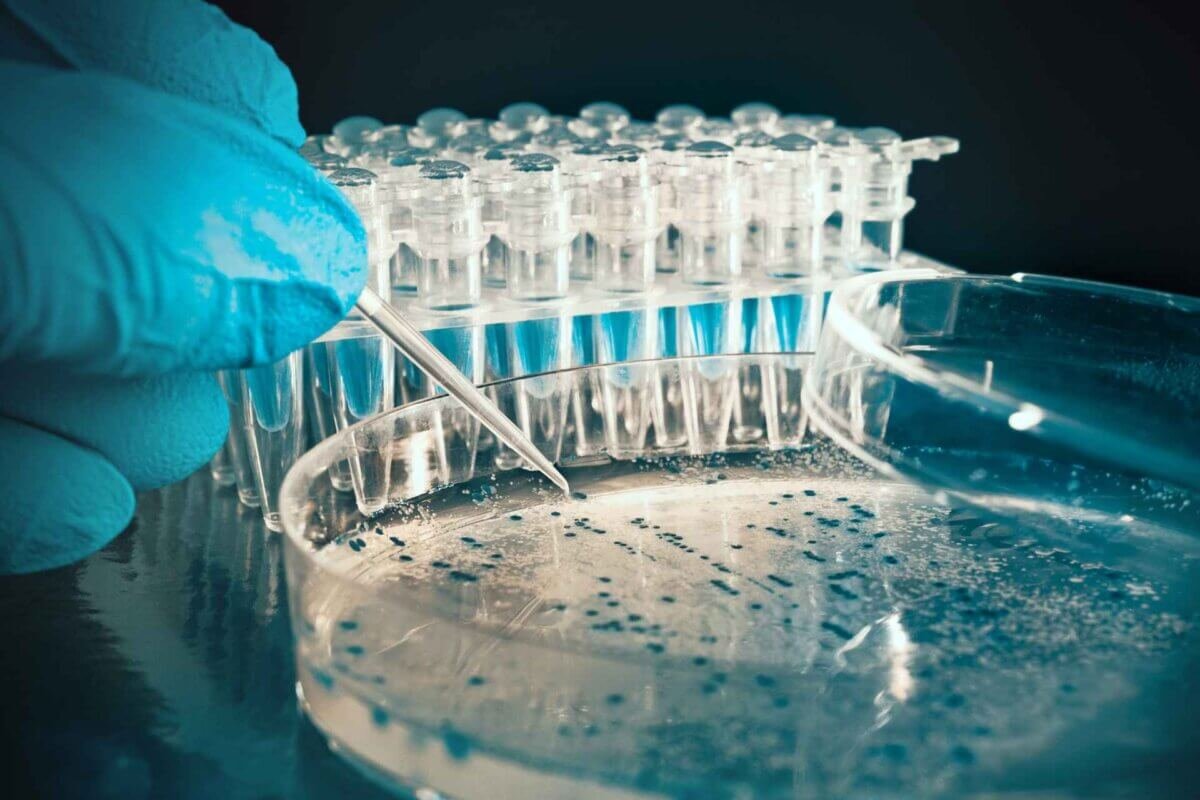ObsEva SA (NASDAQ: OBSV; SIX: OBSN), a biopharmaceutical company developing and commercializing novel therapies for women’s health, today announced the presentation of clinical data on linzagolix, an oral GnRH antagonist. These data were featured in two oral presentations at the 8th Society of Endometriosis and Uterine Disorders (SEUD) Congress held in Athens, Greece from May 18-21, 2022, and a poster presentation at the International Society of Gynecological Endocrinology (ISGE) 20th World Congress held in Florence, Italy from May 11-14, 2022.
“The encouraging data presented at these important medical congresses highlight the differentiated therapeutic potential of linzagolix to better address the individual needs of women with uterine fibroids and endometriosis,” said Dr. Brandi Howard, Chief Clinical Officer of ObsEva. “These data demonstrate that linzagolix with or without add-back therapy (ABT) significantly reduced heavy menstrual bleeding due to uterine fibroids. Even more so, approximately half the women who were defined as non-responders for the primary analysis demonstrated evidence of response and met at least one objective criteria for reduced menstrual blood loss.”
Details on the SEUD data presentations are provided below.
The presentation titled “Reduction of Fibroid-Related Heavy Menstrual Bleeding (HMB) in Women Defined as Non-Responders Following Linzagolix Treatment With or Without Add Back Therapy (ABT)” was presented by Dr. Jacques Donnez, MD, PhD, Catholic University of Louvain.
Summary of the data and key takeaway: At 24 weeks, once-daily doses of linzagolix (100 mg, 100 mg + ABT, 200 mg, and 200 mg + ABT) amongst women who did not meet both measures [menstrual blood loss (MBL) volume of ≤ 80 mL or a 50 percent or greater reduction from baseline] for the primary endpoint (non-responders), 27%, 63%, 49% and 58%, respectively, compared to 25% in the placebo group met at least one measure. The mean percent reduction from baseline in MBL in the linzagolix non-responder groups were 72%, 76%, 75% and 74%, respectively, compared to more than 90% reduction in MBL in the linzagolix responder groups.
The presentation titled “Linzagolix for Endometriosis-Associated Pain: Efficacy Results from EDELWEISS 3, A Phase 3 Randomized, Double-Blind, Placebo-Controlled Trial” was presented by Dr. Hugh Taylor, MD, Yale School of Medicine.
Summary of the data and key takeaway: At 12 weeks, once-daily treatment with linzagolix 200 mg with hormonal ABT significantly improved dysmenorrhea (DYS), non-menstrual pelvic pain (NMPP), and other symptoms of endometriosis, including dyschezia and ability to do daily activities. Treatment with linzagolix 75 mg significantly improved DYS but not NMPP, yet there was evidence of improvement in other symptoms which supports the further clinical development of a partial suppression dose for the treatment of endometriosis-associated pain.
Details on the ISGE data presentation are provided below.
The poster titled “Efficacy and Safety of Linzagolix (LGX) for the Treatment of Heavy Menstrual Bleeding (HMB) Due to Uterine Fibroids (UF): Results from Two Phase 3 Randomized Clinical Trials” was presented by Dr. Kristina Gemzell-Danielsson, MD, Karolinska Institutet.
Summary of the data and key takeaway: Once-daily doses of linzagolix (100 mg, 100 mg + ABT, 200 mg, and 200 mg + ABT) met the primary endpoint of significantly reduced HMB (≥ 50% from baseline) at 24 weeks in all active treatment groups compare to placebo (PRIMROSE 1, p<0.003; PRIMROSE 2, p<0.001). The most common adverse event up to 52 weeks were hot flushes, which was reported in 32-35% of subjects in the 200mg group without ABT and less than 15% in the other linzagolix arms.



